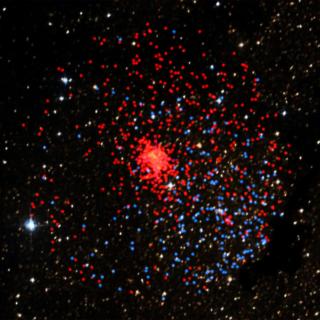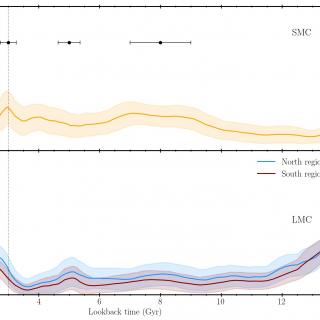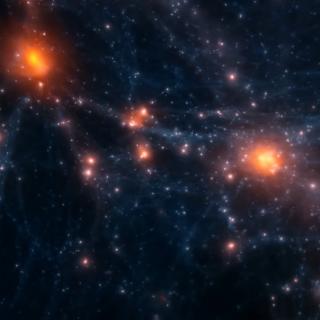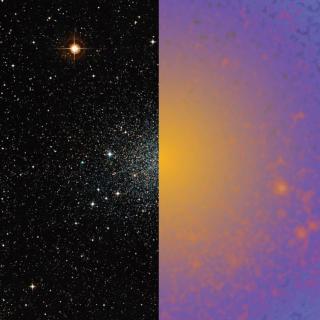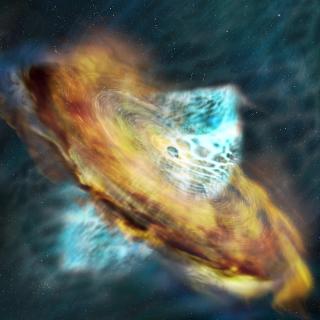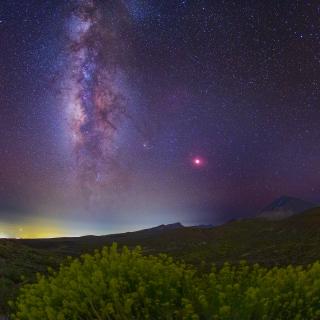
"Por una noche con más vida", este es el lema del nuevo proyecto de conservación de la naturaleza, LIFE Natura@night, cuya presentación tendrá lugar el 9 de junio a las 11 horas en el museo Casa Colón de Las Palmas. "Cada residente en Madeira, Azores y Canarias paga unos 30 euros al año en electricidad desperdiciada, según las estimaciones. Así que el problema de la contaminación lumínica nos afecta a todos. Tiene un impacto financiero, pero también en nuestra salud y amenaza a las especies incluso en zonas protegidas, fuera de los entornos urbanos", afirma Cátia Gouveia, coordinadora
Advertised on
